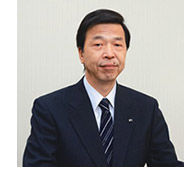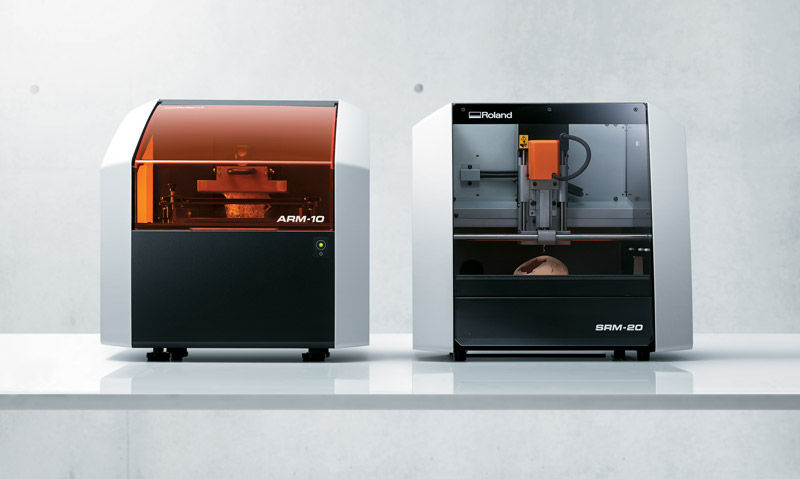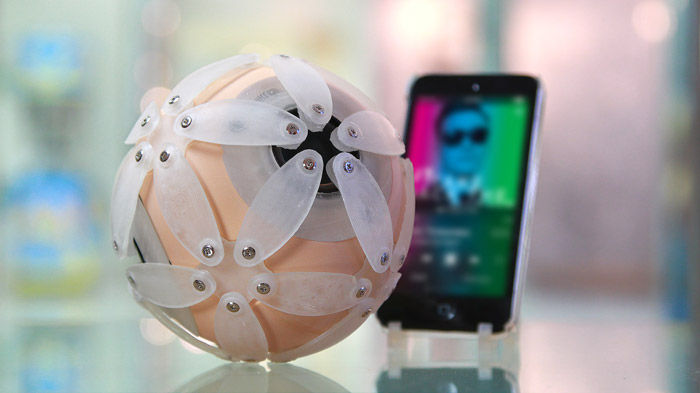Interview with Masahiro Tomioka, President of Roland DG

How does Roland DG view the current state of the rapid prototyping 3D printer market?
The term 3D printer covers a large and diverse lineup of products that address the usability needs of different users. For example, there are industrial applications such as making prototypes for jet engine or automobile parts, medical applications such as producing artificial bones and organs, as well as educational, research or artistic applications, and even individual applications for hobbyists. With the expiration of the patent on FDM 3D printing, the number of startups and individuals seeking to develop easy-to-use 3D printers continues to increase dramatically. As a company that has been aware of the value and possibilities inherent to 3D fabrication for many years, we are very interested to see where this expansion of fabrication possibilities will take us.

What was the objective behind releasing the monoFab ARM-10 3D printer and SRM-20 milling machine together as a set?
We have a track record of providing 3D milling machines as a way to transform imagination into reality. This technology worked well in the past, but now, people are seeking ways to explore any and all possibilities that come to mind without reservation. Therefore, it is not wise to continue focusing only on milling machines, as doing so could limit users’ imaginations. The same goes for providing only 3D printers. We want to remove all barriers to the realization of dreams and ideas, and expand creative possibilities by releasing both 3D subtractive and additive rapid prototyping machines as a set. We believe that using these tools in combination will open up a new world of fabrication opportunities.

What unique value do the ARM-10 3D printer and SRM-20 desktop mill bring as a set?
Frankly speaking, they expand the possibilities of 3D desktop fabrication. First and foremost, by leveraging the characteristics of each model, you can utilize the optimal method for each step of the design workflow from inspiration to production. The merits of each machine used in tandem make it possible to realize true innovation. Our hope is that users around the world learn to master the potential of monoFab with its combination of additive and subtractive technologies in order to produce their greatest works yet.

Who are the target users for the monoFab series?
If we were to think of the overall market as a pyramid, the target for the monoFab series would fall into the mid-range, including engineers and designers as well as the faculty and students of educational institutions and the users of fab labs. Due to limitations in material compatibility and size, the monoFab series is not intended for large-scale medical and aerospace parts production. Our 3D rapid prototyping machines are designed from the perspective of a computer peripherals company – products that are user-friendly and can be placed next to your computer in an office, lab or home to enjoy desktop fabrication. The monoFab series shares this basic concept.
What are your plans for expanding the monoFab series?
With over 25 years in the 3D modeling field, our company has accumulated a wealth of experience and knowhow along with a large user base that spans a variety of industries. With the monoFab series, we plan to work with our users and partners to share newly developed solutions and applications. To help achieve this goal, we have established a number of Creative Centers at our sales offices around the world. There are also Roland DG Academies where users can get hands-on experience with our products and enjoy educational opportunities. Our strength is in our global service and support structure. We will use our accumulated knowledge to provide an environment where users can create, share and grow together.

